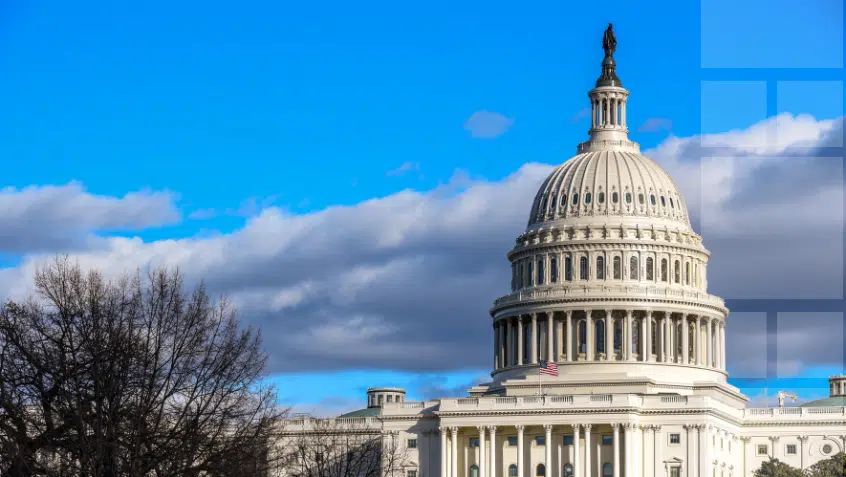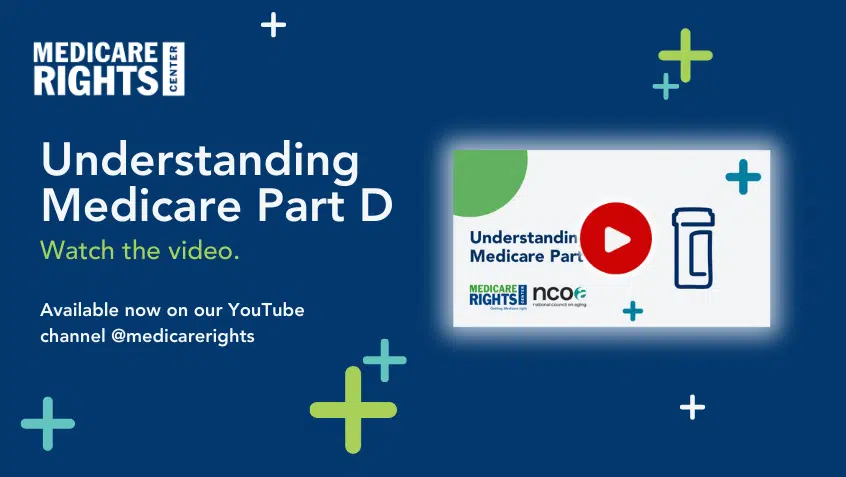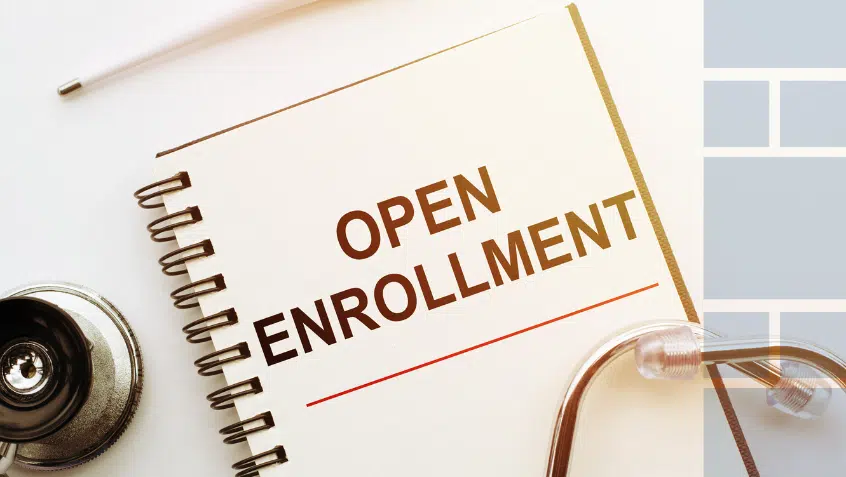Join Us Live for a Discussion on Medicare, Democracy, and the Future of Health Care
One Year In, Big Medicare Changes Continue to Help Combat COVID-19

The COVID-19 public health emergency (PHE) sparked a host of major changes to the Medicare program, including wider use and availability of telemedicine, greater access to medications, and flexibilities designed to decrease burdens and improve staffing for providers. Looking forward, there are still areas of need, both during and after the PHE, to ensure people with Medicare have access to the coverage and care they rely on to keep them safe and healthy.
The list of changes made to ease access to care via Medicare is an extensive one. An increase in the availability of telemedicine is perhaps the biggest change, as more providers are now able to offer more services virtually. This can include using audio-only technologies like simple telephone landlines. Especially for mental health and substance use services, such flexibilities have been a lifeline for millions of beneficiaries, allowing them to access care safely and privately. But the rise of telemedicine has also left some communities behind, as many older adults and people with disabilities do not have access to broadband or appropriate technologies in their homes, may struggle physically or cognitively to use such technologies, or may lack confidence in telemedicine’s safety or efficacy. At Medicare Rights, we commend Medicare for making telemedicine more accessible for most beneficiaries, though we urge a thoughtful consideration of what flexibilities must be retained once the PHE ends.
During the PHE, Medicare Advantage plans are required to allow beneficiaries to receive care at out-of-network locations and charge only in-network cost-sharing for such services as well as waiving referral requirements. Drug plans must cover up to a 90-day supply of medications and cover prescriptions filled at out-of-network pharmacies. Other changes for Medicare Advantage and drug plans are optional, including waiving prior authorizations, allowing more mail order pharmacy access, adding benefits, and reducing costs.
These moves have helped solidify access to care for Medicare beneficiaries, but gaps remain. One of the primary ones is simply connecting people to the Medicare coverage they are eligible for. Early in the PHE, some enrollment flexibilities allowed people to enroll in and change their Medicare coverage, but these flexibilities have lapsed despite strong advocacy from Medicare Rights and 49 other state and national organizations urging reinstatement. Ensuring people have access to care is vital, especially during a pandemic, and we will continue to urge Congress and the Biden administration to close this important gap.
The Biden administration has hinted that the PHE will not end any time soon, but we urge the agencies to consider carefully which of these flexibilities above should be continued once the pandemic ends. Data and research should be used to extend those policies that are working well for beneficiaries, and to sunset those that are doing more harm than good.
Read more about Medicare coverage during the pandemic.
Read more about major changes to Medicare during the PHE.
Read our letter encouraging the Biden administration to do more to ease Medicare enrollment.
Read more about our policy recommendations for the Biden administration.
Show Comments
We welcome thoughtful, respectful discussion on our website. To maintain a safe and constructive environment, comments that include profanity or violent, threatening language will be hidden. We may ban commentors who repeatedly cross these guidelines.
Help Us Protect & Strengthen Medicare
Donate today and make a lasting impact
More than 67 million people rely on Medicare—but many still face barriers to the care they need. With your support, we provide free, unbiased help to people navigating Medicare and work across the country with federal and state advocates to protect Medicare’s future and address the needs of those it serves.
The Latest
Most Read
Add Medicare to Your Inbox
Sign up to receive Medicare news, policy developments, and other useful updates from the Medicare Rights.
View this profile on InstagramMedicare Rights Center (@medicarerights) • Instagram photos and videos









